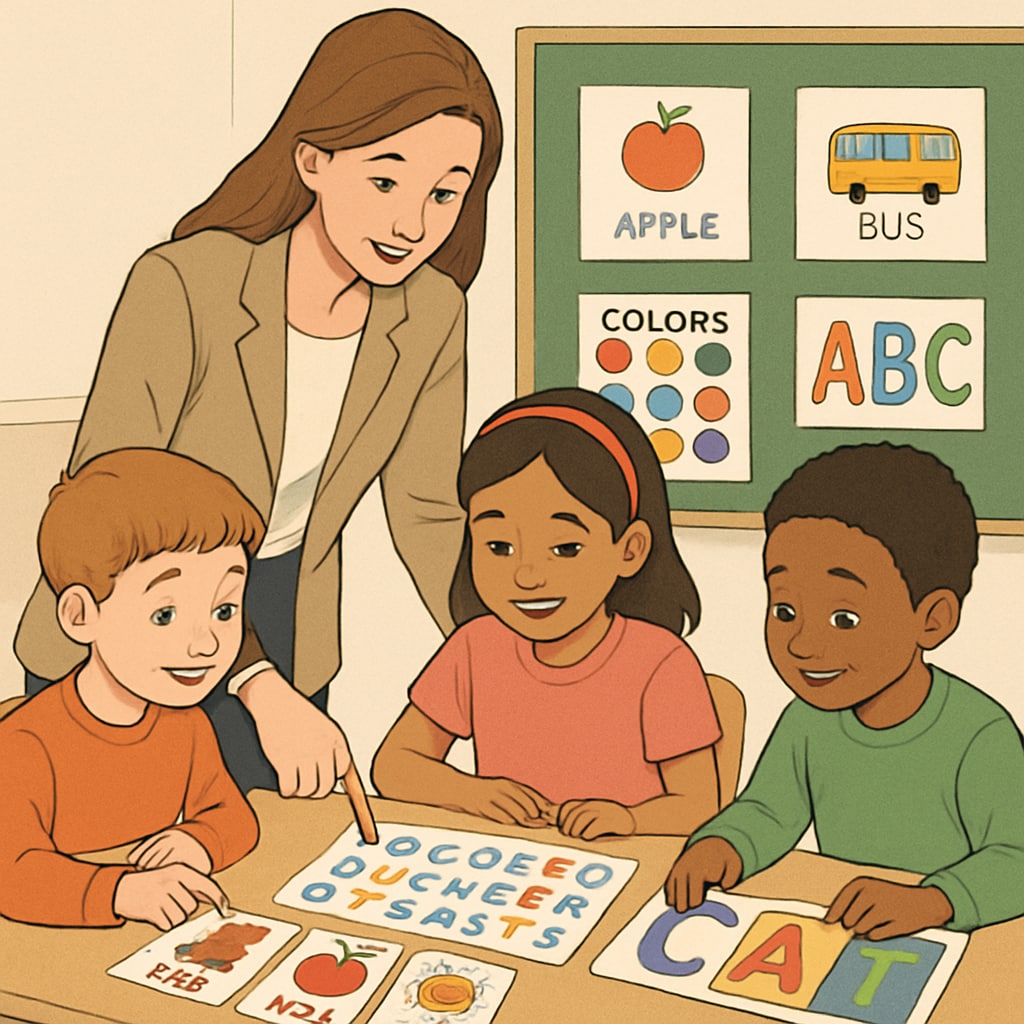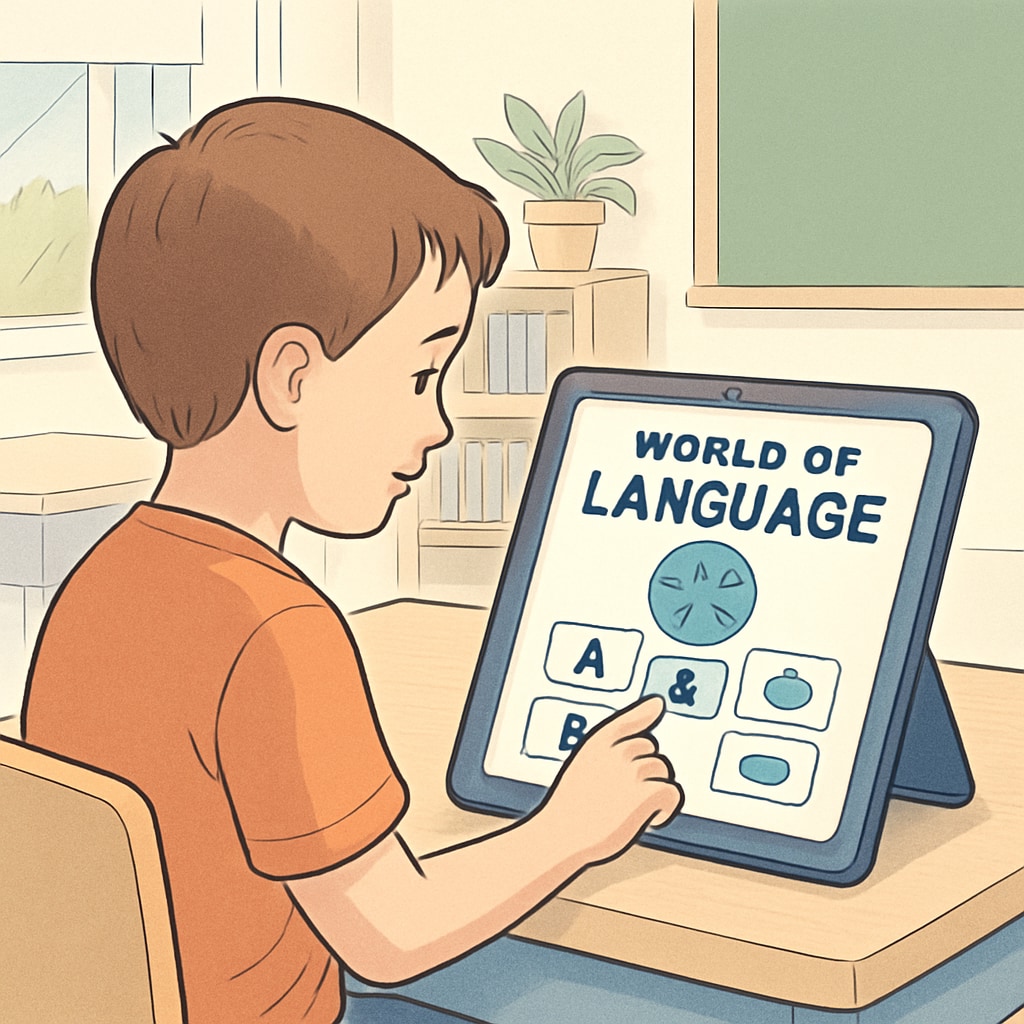The importance of high-quality language teaching materials in elementary education cannot be overstated. With the “World of Language” series leading the way, educators and parents alike are discovering the value of well-designed resources for fostering strong foundations in language skills. This article dives into what makes a language textbook truly effective, how to choose teaching materials tailored to children’s developmental needs, and why scientific reading strategies and oral communication are paramount in early education.
What Makes a Language Textbook Ideal?
An ideal language textbook is more than just a compilation of exercises and vocabulary. It serves as a bridge between a child’s existing knowledge and their potential to communicate effectively. The “World of Language” series exemplifies this by incorporating engaging storytelling, interactive activities, and clear progression in skill-building.
Key features of an excellent language textbook include:
- Age-appropriate content: Lessons should align with the cognitive and emotional development of elementary students.
- Interactive elements: Activities that encourage participation, such as role-playing or group discussions, foster engagement.
- Cultural relevance: Incorporating cultural elements helps children understand language in a real-world context.
- Balanced focus: Equal emphasis on reading, writing, listening, and speaking skills ensures comprehensive development.
For example, the “World of Language” series uses colorful illustrations and relatable scenarios to make lessons memorable. Its structured approach allows for gradual skill enhancement, making it a favorite among educators.

How to Choose the Right Language Teaching Materials
Selecting the right materials for young learners can be challenging, but there are several strategies to simplify the process. First, evaluate the curriculum’s alignment with educational standards and goals. Resources like the “World of Language” series often come with teacher guides, ensuring consistency with broader learning objectives.
Consider the following tips:
- Understand the learner’s needs: Assess the child’s current language proficiency and areas needing improvement.
- Seek feedback: Solicit input from teachers who have experience with specific materials.
- Prioritize adaptability: Opt for resources that can be tailored to diverse learning styles.
- Leverage technology: Look for materials that integrate digital tools, such as interactive apps or online exercises.
These methods ensure that the selected resources not only meet educational requirements but also resonate with the learners themselves.

The Core Role of Reading and Oral Skills
Scientific reading techniques and oral communication skills form the backbone of language education. Early exposure to structured reading methods enhances vocabulary acquisition, comprehension, and critical thinking. Textbooks like “World of Language” often include guided reading sections and comprehension questions to nurture these abilities.
In addition, oral communication is critical for confidence-building and fluency. Collaborative activities such as group storytelling or debate sessions help children practice speaking in a supportive environment. Research from Britannica and Wikipedia underscores the importance of these interactive methods in cognitive and social development.
By combining structured reading methods with interactive speaking exercises, teachers can create a holistic learning experience that prepares children for future academic and social success.
Conclusion: Unlocking the Potential of Young Learners
High-quality language teaching materials, such as the “World of Language” series, are invaluable tools for elementary education. By focusing on age-appropriate content, interactive elements, and balanced skill development, these resources lay the groundwork for lifelong learning. Educators and parents should prioritize materials that foster reading and oral communication as core components of language education.
Ultimately, choosing the right resources is an investment in a child’s future, equipping them with the linguistic tools they need to thrive in an increasingly interconnected world.
Readability guidance: The content uses short paragraphs, bulleted lists, and transitional phrases to maintain a clear and engaging flow. The passive voice and long sentences are kept to a minimum, ensuring easy readability for a broad audience.


